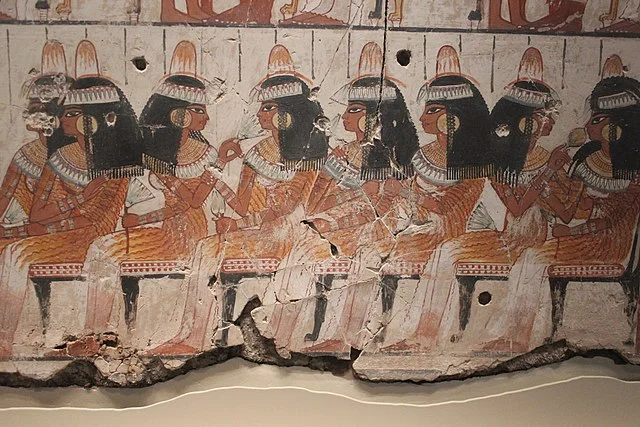The Tomb of Nebamun is an ancient Egyptian tomb that dates back to the 18th Dynasty of the New Kingdom (around 1350 BC). Located at Thebes, the tomb belonged to Nebamun, a middle-ranking official who worked as a scribe and grain counter at the temple complex of Amun in Karnak. The tomb is renowned for its exquisite wall paintings, which depict scenes of Nebamun’s daily life and leisure.
Get your dose of History via Email
Discovery and Excavation
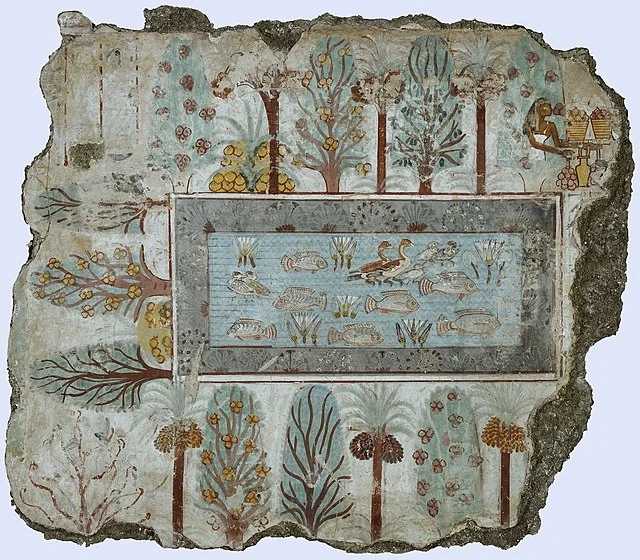
The tomb was discovered in the 1820s by a local tomb hunter. Its exact location is lost today. British archaeologist Henry Salt acquired fragments of the tomb’s painted walls and later sold them to the British Museum, where they remain on display. Unfortunately, much of the tomb itself has been destroyed or remains unexcavated, which limits our knowledge about the full extent of the site.
Art and Significance of the Paintings
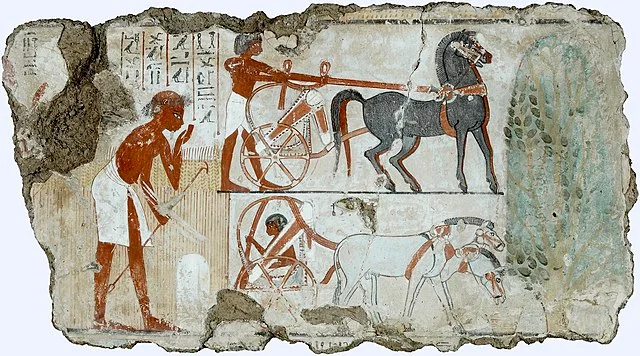
The tomb’s paintings are widely regarded as masterpieces of ancient Egyptian art. They vividly portray Nebamun’s life, showing scenes of hunting, banquets, and agricultural activities. These scenes reflect both the Egyptian worldview and the daily life of a wealthy official. The artwork is noted for its lively and naturalistic style, contrasting with the more rigid artistic conventions of earlier periods.
The hunting scene, for instance, shows Nebamun in a marsh, spearing birds with great energy. His wife and daughter appear beside him, symbolizing the family unit’s role in the afterlife. Another famous painting from the tomb shows a banquet with musicians and dancers, showcasing the pleasures of elite Egyptian society.
Religious and Cultural Context
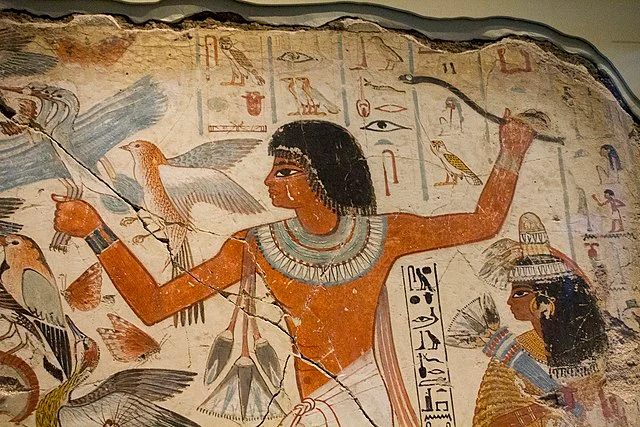
Like most Egyptian tombs, Nebamun’s tomb was designed to ensure his safe journey to the afterlife. The images on the walls were not only decorative but served a religious function, providing for the deceased’s needs in the afterlife. Food, drink, and entertainment were believed to accompany Nebamun in the afterlife through the power of these images.
Additionally, the depictions of offerings made to Nebamun, including food and animals, emphasized the ancient Egyptian belief in the need for sustenance in the next world. The tomb’s art reflects the strong link between life, death, and the divine in Egyptian culture.
Current Location and Preservation
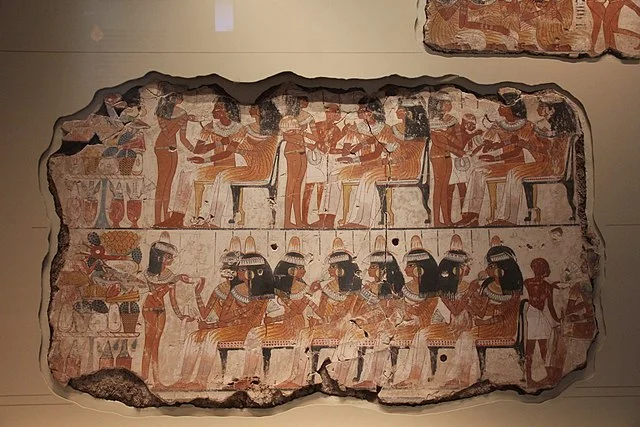
Today, most of the surviving fragments from the Tomb of Nebamun are housed in the British Museum. These pieces have undergone extensive conservation work, allowing modern audiences to appreciate their beauty and historical importance. While the original tomb site remains unknown, the preserved fragments provide critical insight into Egyptian burial practices and artistic achievements during the New Kingdom.
Conclusion
The Tomb of Nebamun offers a fascinating glimpse into ancient Egyptian life, art, and religion. Although the tomb’s exact location remains unknown, the vibrant wall paintings continue to captivate historians and archaeologists. They serve as a valuable record of the skills and beliefs of ancient Egyptians, illustrating the close ties between art and the afterlife in their culture.
Source:

